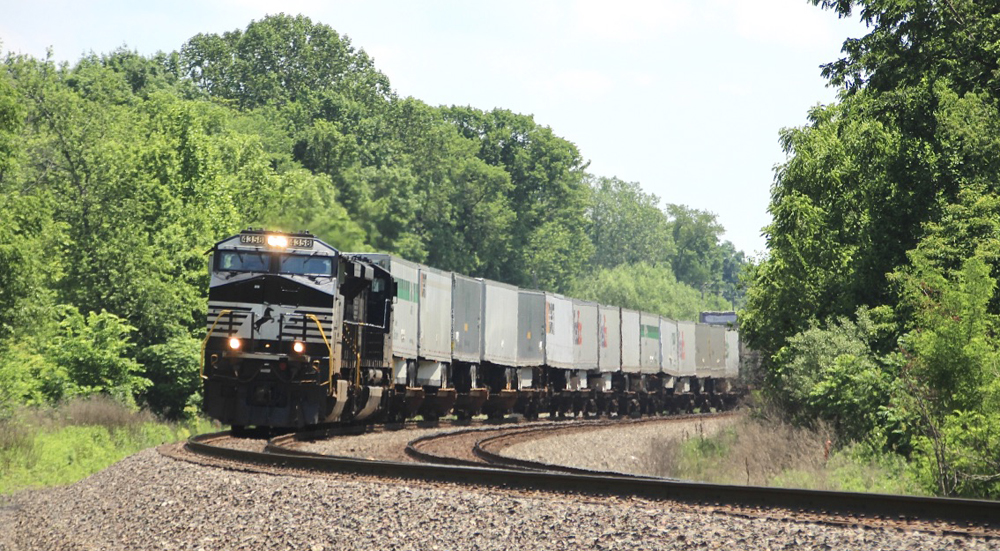
Former UPS executive Jim Barber Jr., an activist investor’s candidate to replace Norfolk Southern CEO Alan Shaw, says his experience at the parcel giant is directly applicable to a railroad.
UPS’s package network relies on the very same principles as the low-cost Precision Scheduled Railroading operating model that Ancora Holdings wants to fully implement at NS, Barber said on a webcast with investors today.
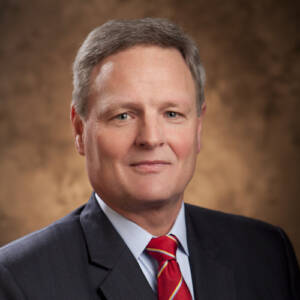
“The network UPS runs is a scheduled network. It’s the exact same theory as PSR,” Barber says. “You run the same routes every day the same way in a balanced network, you gain the efficiencies. Terms like ‘blocking’ and ‘switching’ in rail are ‘handles’ and ‘pieces per trailer’ at UPS. Intermodal is ‘bypass’ in UPS lingo. Service is service.”
UPS increased its reliance on intermodal in the 1980s by shifting a significant piece of its long-haul business onto the rails, Barber notes. Other shippers, he says, should enjoy the same benefits of intermodal as UPS.
Volume growth, Barber says, is all about providing reliable service. “Customers will gladly reward you for great service,” he says.
Jamie Boychuk, the former CSX operations boss who Ancora wants to be chief operating officer at NS, says providing reliable service is the key to getting more business from Norfolk Southern’s existing customers.
Boychuk says he’d run the same playbook at NS that was used in the PSR makeovers at other railroads, including Illinois Central, Canadian National, Canadian Pacific, Kansas City Southern, and CSX.
But at Norfolk Southern the process would go more slowly than was done at CSX after E. Hunter Harrison became CEO in 2017. Harrison’s blitzkrieg at CSX brought complaints from shippers and rail labor while prompting the Surface Transportation Board to hold a hearing on the railroad’s service problems.
Boychuk says Harrison, who died nine months into the job at CSX, knew his time was limited and moved far too quickly and without properly communicating with employees, customers, and regulators.
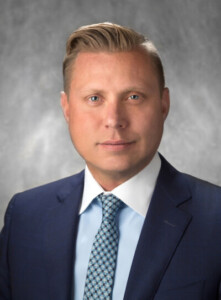
“Those are mistakes that were made that we can’t repeat,” Boychuk says.
The PSR transition at NS would take three to four years, Boychuk says, and involve a lot of communication with customers, employees, and regulators.
The first step would be a redesign of NS’s operating plan, which would involve running fewer but longer trains. A quick reduction in assets — including locomotives, people, and hump yards –— would follow and reduce the railroad’s operating ratio to below 60% within 18 months. Then NS would work toward a 57% operating ratio.
“We’re quite confident that this strategy works because it’s worked before,” Boychuk says. “We’re not coming into this saying that we’re doing something different.”
Members of the STB, rail labor leaders, and NS customers have expressed concerns over Ancora’s plan to cut costs at the railroad. But Boychuk insists that Ancora’s strategy is not slash-and-burn. “We’re going to grow this company,” he says.
NS officially adopted a Precision Scheduled Railroading operating model in 2019. Shaw, who became CEO in 2022, moved away from a short-term focus on the operating ratio. His “better way” strategy relies on not furloughing train crews during a downturn so that the railroad can avoid service problems and capture more volume when business rebounds.
“The strategy is wrong. The plan is wrong. And the execution is wrong because the culture is wrong,” Sameh Fahmy, a former CN and KCS executive who is one of Ancora’s board candidates, told investors today.
Board candidate Gil Lamphere — who has sat on the boards at IC, CN, and CSX — says the problem with the NS strategy is that it’s impossible to predict how long a freight downturn will last, how deep it will be, and how strong the rebound will be. And so he says it makes no financial sense to keep a buffer of resources, including train crews and locomotives, at the ready.
In response to investor pressure, Norfolk Southern has backed away from some elements of its strategy in the past few weeks, Ancora Alternatives President James Chadwick says. Among the changes: Naming former CN and CPKC executive John Orr as its chief operating officer, renewing a focus on the operating ratio, and pruning low-volume intermodal routes.
Absent a settlement, Norfolk Southern shareholders ultimately will decide the winner of the proxy battle when their votes are tallied at the company’s May 9 annual meeting.






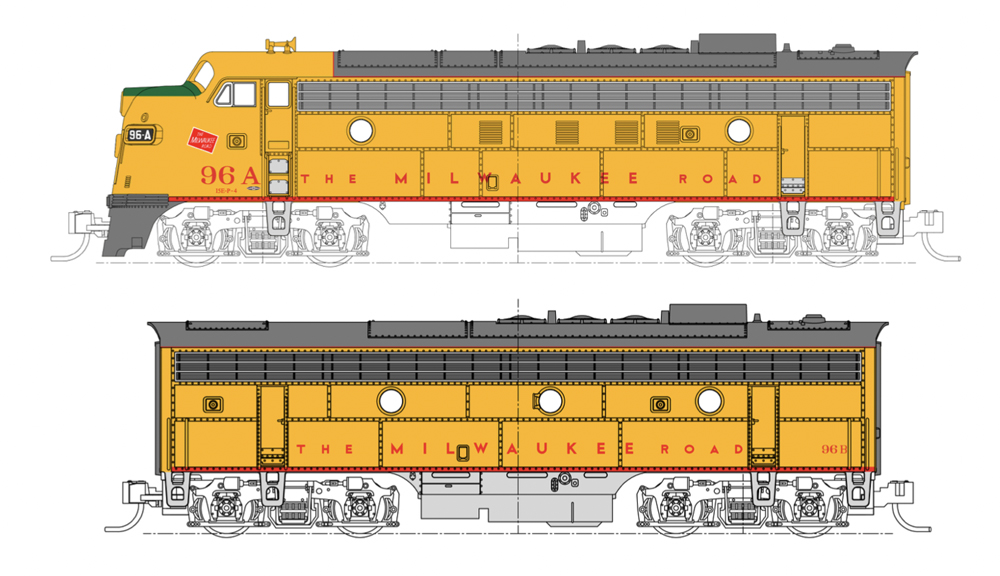
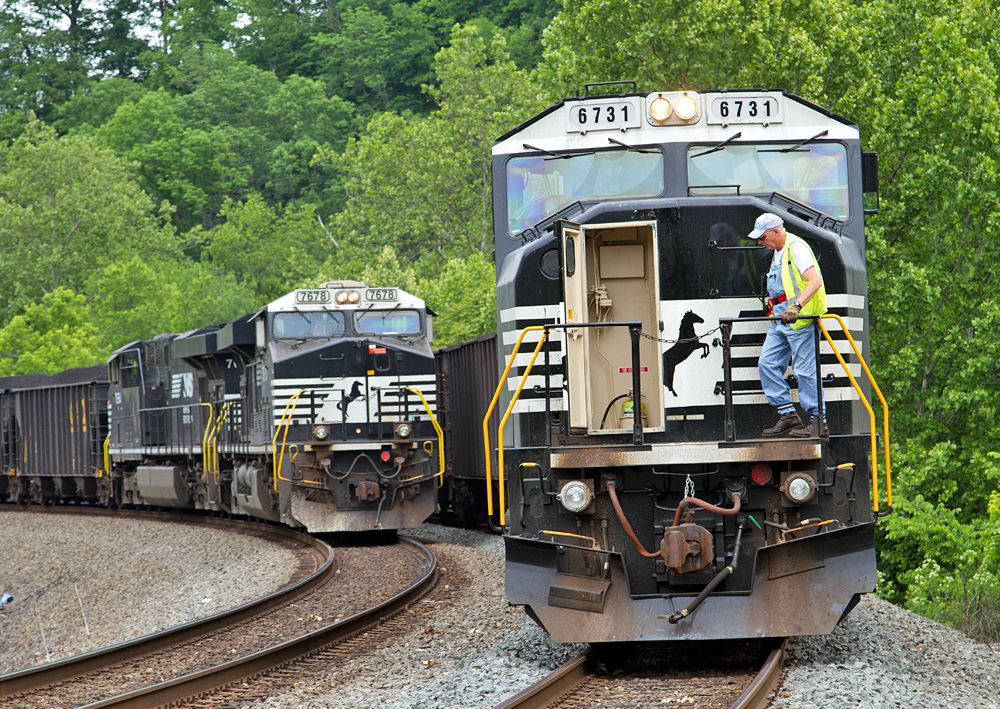
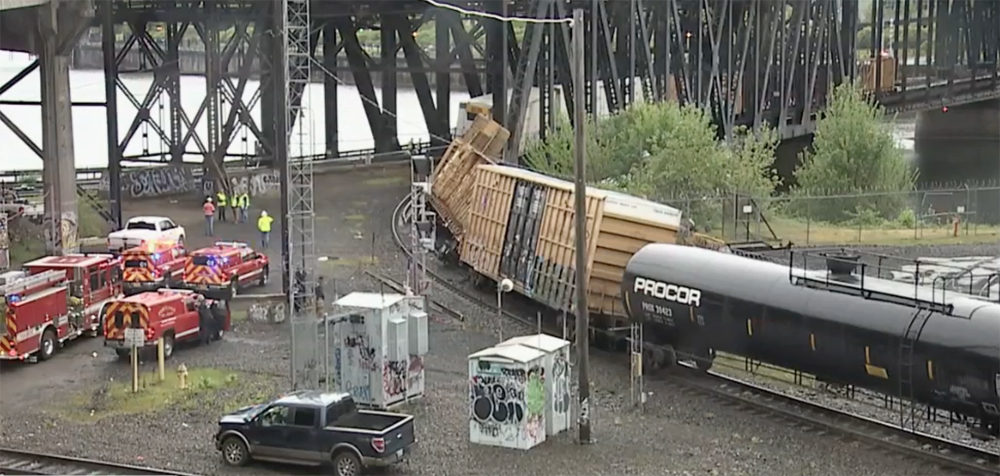





all about the OR, wall st, and PSR. what could
possibly go wrong. NS customers may as well start looking for trucks like the rest of the class one railroad customers have.
Mr. Nunan, you might be interested in reading my feature in the July 1998 issue of TRAINS Magazine. This four-page in-depth article explains how we “fixed” the intermodal “problems” at Santa Fe during the six years I was present.
NS appears to be suffering from some of the same issues. My railroad experience allows me to recognize (and identify) some of the same problems/symptoms we faced 30 years ago.
NS did this before and it did not work. I was at NS when they tried it. They are pencil whipping the papers to make it look like it works. But after the trains leave terminal. They run into issues, brake in half because they are too big too heavy. Air don’t flow good. Also crews never make it. More cost in manpower and freight doesn’t make it in time on time. Not to mention it’s a bigger safety risk to the public. Didn’t NS just destroy a town? Guess they didn’t learn their lesson. This will be a disaster for NS..
Its like a country getting wrecked by communism, then getting away from it to fix the problem, the a few decades later try to give it another go. As far as Boychuk goes, how can anyone trust the word of a guy that looks like every ethically horrible corporate tycoon from every movie since the 80’s… LOL
I really don’t think that UPS experience carries over well to a Class 1 railroad. If these Wall Street geniuses succeed, how long before CSX has to buy NS to keep it going?
May I remind all of you that one of UPS’ marketing slogans back in the day was “we run the tightest ship in the shipping business.”
Before JB Hunt came along UPS was the single largest customer we had at Santa Fe. We found they understood the railroad business exceedingly well. They were the ones who came to us in the 80’s asking to buy a Santa Fe rail yard so they could build and operate an intermodal terminal immediately adjacent to the main line. It is now referred to as Willow Springs.
One could do a heck of a lot worse that hire a former UPS CEO to clean up the MESS at NS. By the way Mr. Thomas how many railroads have you worked for in your career???
6 years as a mgr from 1990-995 must qualify one as “The expert on railroading” eh ?
Ancora wants people to believe that they won’t do the same exact thing to NS that they did to Bed Beth and Beyond when they waged a proxy battle there. This is pure eye wash to try to convince people that somehow they aren’t just focusing on the short term stock price. I hope people don’t fall for this nonsense.